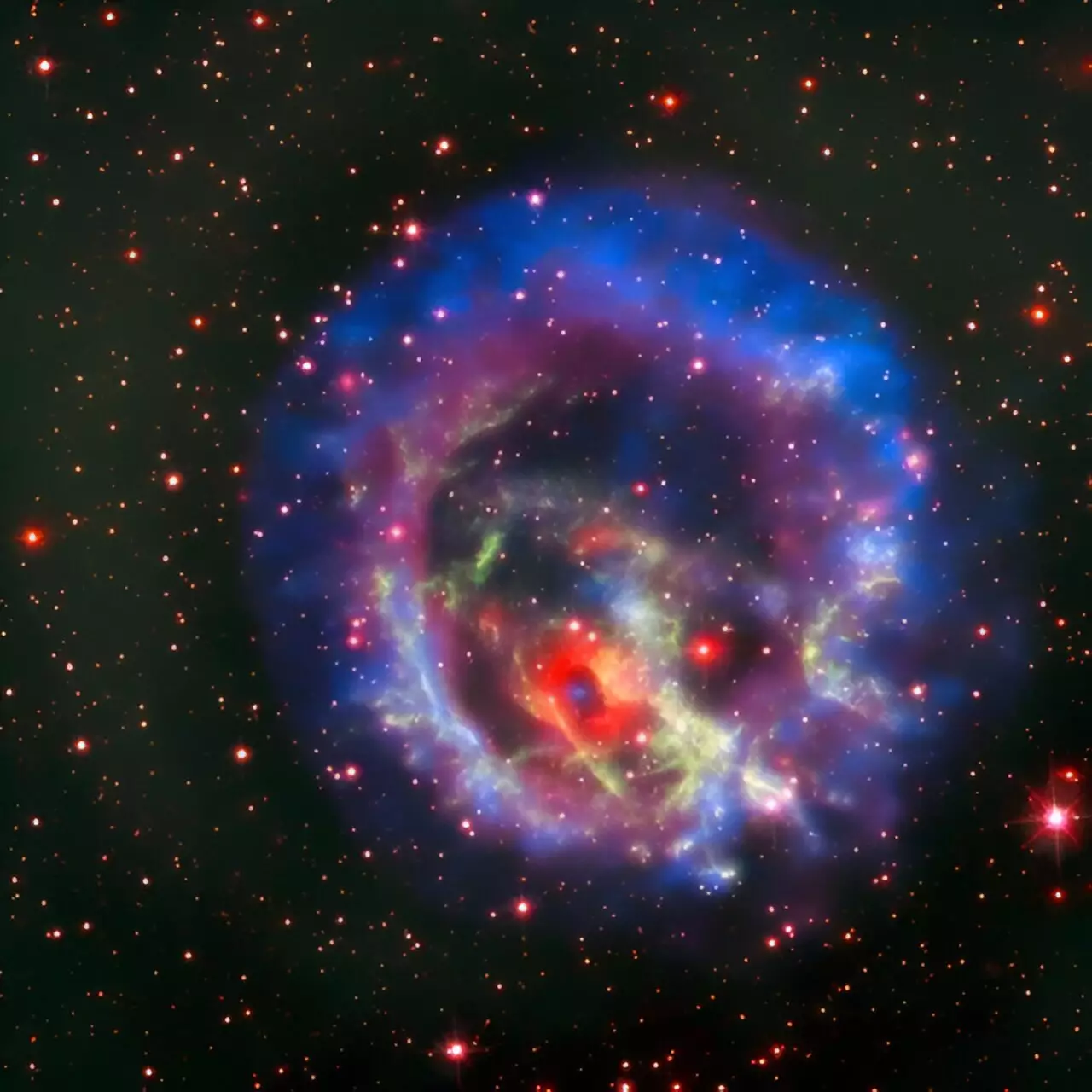As scientists delve into the depths of our universe’s origins, one area of exploration centers on recreating the mysterious phase of matter that existed shortly after the Big Bang. Recent theoretical analyses indicate that ongoing laboratory experiments designed to replicate these extreme conditions may yield surprising results: the generation of the world’s strongest electromagnetic fields. This revelation opens avenues for new scientific phenomena that could fundamentally enhance our understanding of particle physics and the universe itself.
The journey into understanding our cosmic beginnings often leads physicists to the complexities of particle interactions during high-energy collisions. Central to this exploration is the theory aligned with the Standard Model of particle physics, which postulates that extreme temperatures and densities can create a quark-gluon plasma—a state purportedly akin to what occupied the universe in its infancy. However, despite theoretical expectations, there remain considerable uncertainties, particularly when examining matter under ultra-high densities, a gap that necessitates tangible experimental evidence.
Traditionally, experiments targeting heavy-ion collisions focused predominantly on achieving high energy levels to generate the requisite heat. However, a noteworthy shift is underway. Increasingly, scientists are pivoting towards using intermediate energies to produce dense plasmas that may echo the conditions found in astrophysical phenomena such as neutron stars and supernova explosions. Hidetoshi Taya, a physicist at RIKEN, emphasizes the importance of this research direction in understanding the fundamental processes that shaped our universe.
The significance of capturing these transitional phases, unobserved since the universe’s birth, cannot be overstated. As scientists cross-examine these extreme conditions, they stand on the brink of unveiling insights into forces and states of matter that challenge existing paradigms. This riveting interplay between heavy-ion collisions and fundamental physics not only paves the way for enhanced theoretical models but also teases the possibility of revolutionary scientific discoveries ahead.
One of the most exhilarating insights unfolding from this research narrative is the potential for creating ultrastrong electromagnetic fields during heavy-ion collisions. Taya’s previous research on intense lasers revealed vast potential energizing subatomic systems at unprecedented strengths. Through careful theoretical analysis, Taya and his colleagues have articulated that even greater fields could arise from the collisions practiced in contemporary experiments.
These newly theorized electromagnetic fields, far surpassing those generated by current technologies—even when compared to intense lasers likened to “a hundred trillion LEDs”—could unearth novel interactions within the realm of particle behavior. The scientific community is captivated by the tantalizing prospect of utilizing these superlative field strengths to explore formidable facets of physics that vastly outstrip traditional approaches.
Despite these exciting possibilities, the challenge lies in the practical aspects of confirming the theoretical predictions. Planned collision experiments will not directly measure the generated electromagnetic fields but will focus on observing the properties of particles produced from collisions. This indirect measurement complicates validation of Taya’s hypotheses, provoking questions about how these same electromagnetic fields influence the behaviors of observable particles.
Identifying correlations between the strong electromagnetic fields produced during heavy-ion collisions and particle characteristics will be essential for substantiating these theoretical advances. As Taya notes, a comprehensive understanding of these relationships is key to illuminating the pathway towards novel particle behaviors and enhancing our grasp of forces governing the cosmos.
As laboratories around the world prepare to explore the nexus between heavy-ion collisions and emergent electromagnetic fields, the implications of this research cascade through both theoretical and experimental physics. The convergence of these two fronts holds the potential not merely for affirming or rejecting existing theories but for fundamentally transforming our comprehension of matter and energy in the universe.
The ongoing efforts to recreate early universal states with unexpected byproducts like robust electromagnetic fields at intermediate energies spotlight an exhilarating frontier in scientific inquiry. What remains is to unravel these cosmic secrets through rigorous experimentation and inspire a generation of physicists to venture further into the depths of matter and energy. The promise of unveiling new phases of physics beckons, urging us to expand the boundaries of what we know—and perhaps challenge the very fabric of our understanding.


Leave a Reply